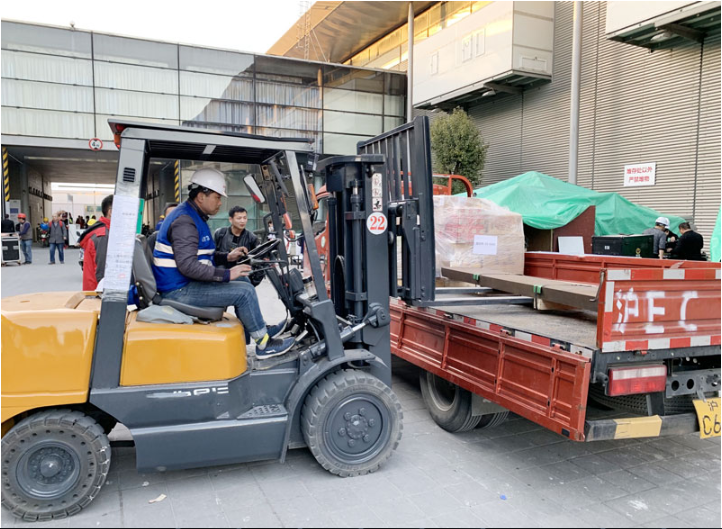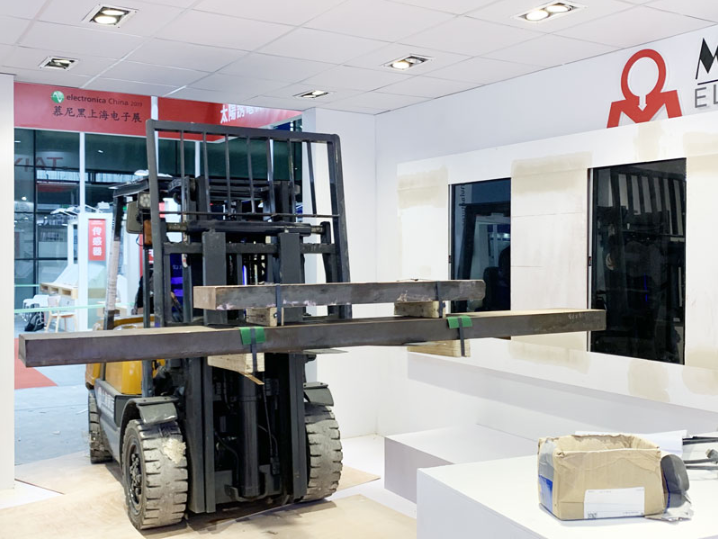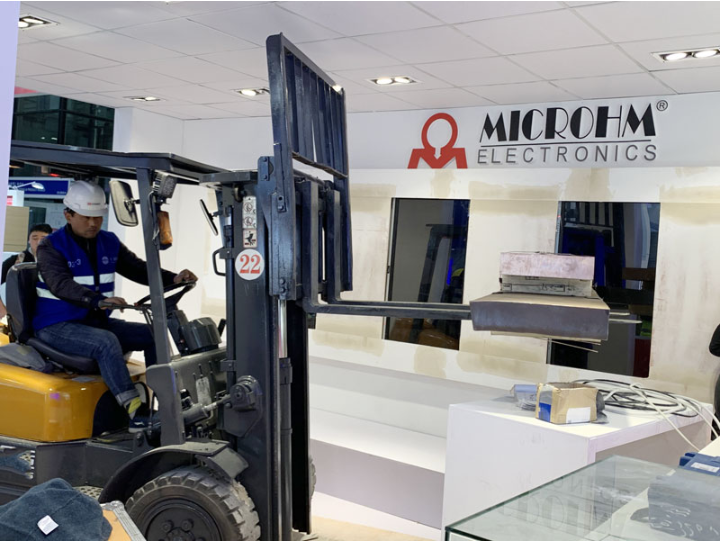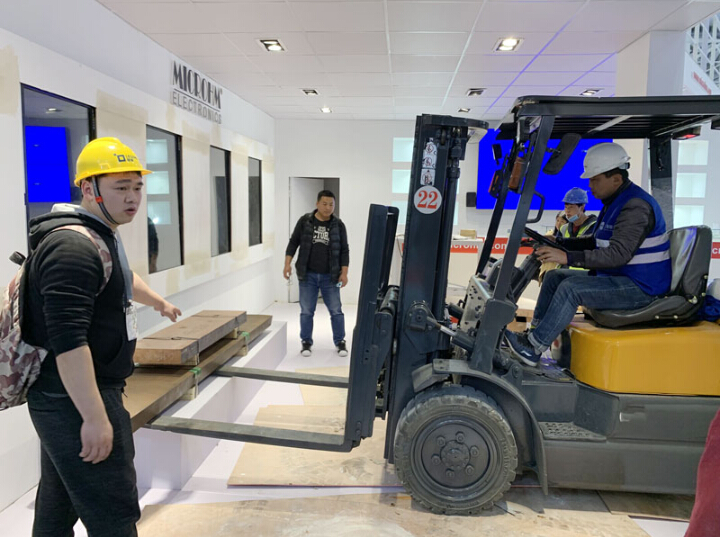Position:Home » Technical Articles
How Does Microhm High Precision Resistors Produced?
Writer:Microhm Page View:Date:2019-04-01
Precision resistor is a kind of resistor with low resistance error, good thermal stability, and the distribution parameters reach a certain standard. Because of the strict requirements of alloy materials smelting technology and related processes, high precision alloy materials, such as CuMn12Ni, are needed for precision resistors made by stamping with alloy materials. The precision of resistors produced by CuMn12Ni alloy material is less than ±1%, and the precision resistance can be obtained by further adjusting the alloy sheet after stamping.


CuMn12Ni alloy is a manganese-copper alloy with a resistivity of 43, a resistance temperature coefficient of ±3-±10, a density of 8.4, and a temperature range of 20-50 °C. The precision resistor made of this alloy material has the characteristics of high stability, low temperature drift coefficient and high precision.

At present, there is increasingly demand for precision resistors for high-end instruments on the market. The tolerance of common metal film resistors and wirewound precison resistors are hard to be less than 1%. Their TCRs are big. The common ones are ±15ppm/ °C, ±25ppm/ °C, ±50ppm/ °C, ±100ppm/ °C, etc. This kind of resistance can not meet the needs of many industries and technologies. At present, the precision resistor introduced by Microhm can reach 0 PPM to ±3 PPM, which is in line with the requirements of the market for precision resistors.

The tolerance of Microhm precision resistors, made of CuMn12Ni alloy materials, can reach ±0.2%, ±0.1% and ±0.05%. The precision of the resistors is greatly improved by this alloy material.
The production process is simple and quick, which makes the application of Microhm ultra-precision resistor more extensive.

Microhm precision resistance is widely used in medical equipment, instruments, electrical equipment, precision electronic products and so on. In addition, they are also used in aviation, aerospace, navigation, precision instruments, mobile communications, consumer electronics, automotive electronics, medical equipment and other industries.


CuMn12Ni alloy is a manganese-copper alloy with a resistivity of 43, a resistance temperature coefficient of ±3-±10, a density of 8.4, and a temperature range of 20-50 °C. The precision resistor made of this alloy material has the characteristics of high stability, low temperature drift coefficient and high precision.


The tolerance of Microhm precision resistors, made of CuMn12Ni alloy materials, can reach ±0.2%, ±0.1% and ±0.05%. The precision of the resistors is greatly improved by this alloy material.
The production process is simple and quick, which makes the application of Microhm ultra-precision resistor more extensive.

Microhm precision resistance is widely used in medical equipment, instruments, electrical equipment, precision electronic products and so on. In addition, they are also used in aviation, aerospace, navigation, precision instruments, mobile communications, consumer electronics, automotive electronics, medical equipment and other industries.
Keywords:
Latest News
- Resistor's role in measuring and correcting LED,,,
- Single through-hole resistors' characteristics ,,,
- Why shunt resistors for current sense applicati,,,
- Metal-film resistors with small size, high resi,,,
- 36W High-Current Shunt Resistors MMS8420,,,
- 1W Surface Mount Resistor MPR1206,,,
- An Overview of Microhm Electronics' Resistor Pr,,,
- More anti-sulfur resistors used in harsh envir,,,
- Resistance changes with temperature,,,
- 140W TO247 High Power Heatsinkable Resistor,,,
- MMS5930 is ideal for current sensing in industr,,,
- Shunt resistors selection for engineers' design,,,
- Considerations for choosing precision resistors,,,
- Ceramic Encased Cement Resistors NWH Series for,,,
- Resistors for Passive Balancing in Battery-Pow,,,
Hot Articles
- Microhm will take part in 10th Automotive World,,,
- Thanks for Visiting Microhm's Booth E5-5706 in ,,,
- Resistors in Short Supply: Blame Cars,,,
- New lunch: High Power Precision Shunt Resistor,,,,
- How to Test a Resistor,,,
- Innovative Technology, Future Electric: Electri,,,
- What is Precision Resistors?,,,
- SMD Resistors Sizes and Packages,,,
- The Construction and Features of Metal Film Res,,,
- What is a TO-220 Resisor?,,,
- Hot Selling Products: Precision Shunt Resistors,,,
- How to Calculate the Equivalent Resistance Valu,,,
- What is a Fixed Resistor?,,,
- Resistors in LED Circuits,,,
- Resistors Types and Materials Overview,,,
Resistance applications
- BMS for New Energy Vehicle,,,
- Carbon Film Resistors' Features and Application,,,
- Why Zero-Ohm Resistors?,,,
- The Main Application for High Precision and Low,,,
- The Measurement Accuracy of Automotive Shunt is,,,
- Miniature future for passive electronic compone,,,
- Select the Right Resistor for Harmonic Filterin,,,
- Industrial Roberts Applied to Solar Photovoltai,,,
- Precision Resistors' Construction and TCR,,,
- Shunt Resistor MMS8420 for High Current Stable ,,,
- Urbanization Development Bringing the Transform,,,
- Surface Mount Resistor's Size and Package ,,,
- Heater Blower Motor Resistor in Air Conditioner,,,
- Difference Between High Precision Resistors and,,,
- The Four Important Functions of Alloy Resistors,,,
